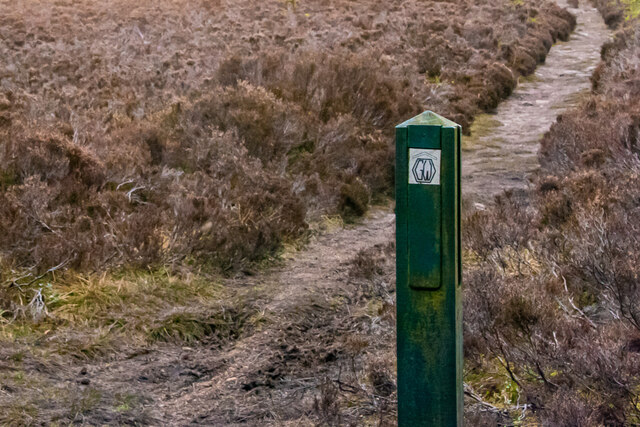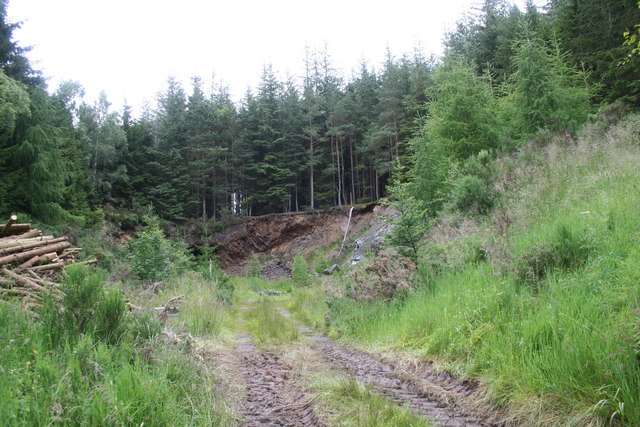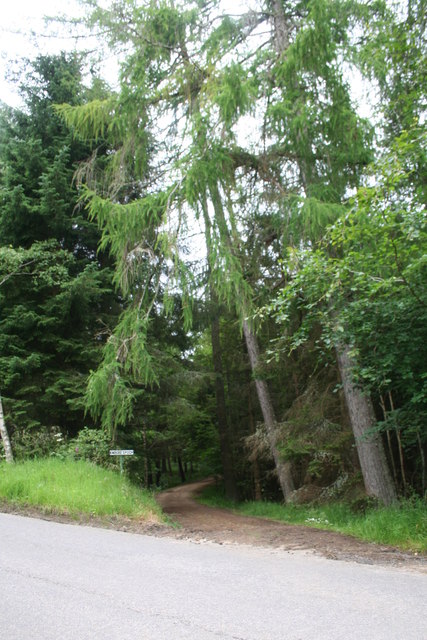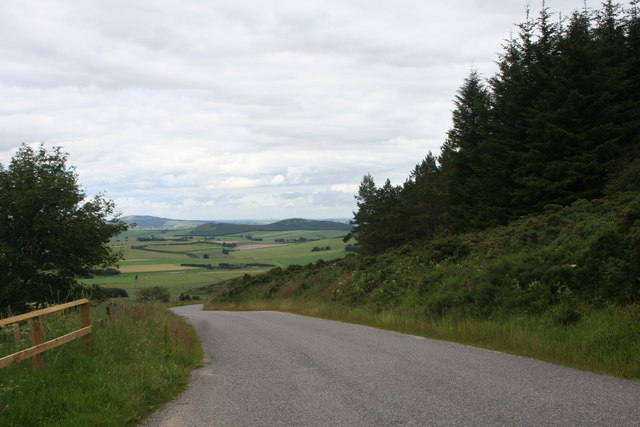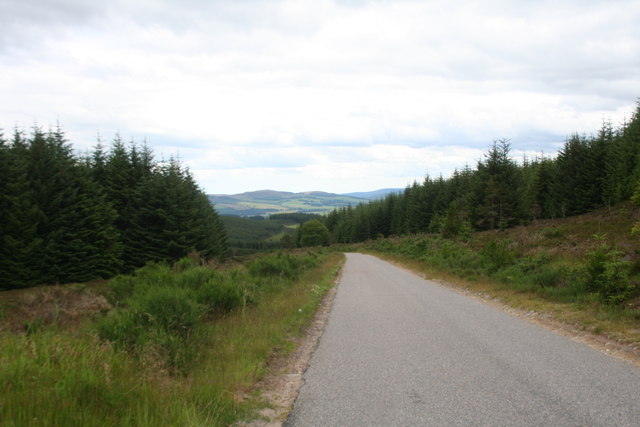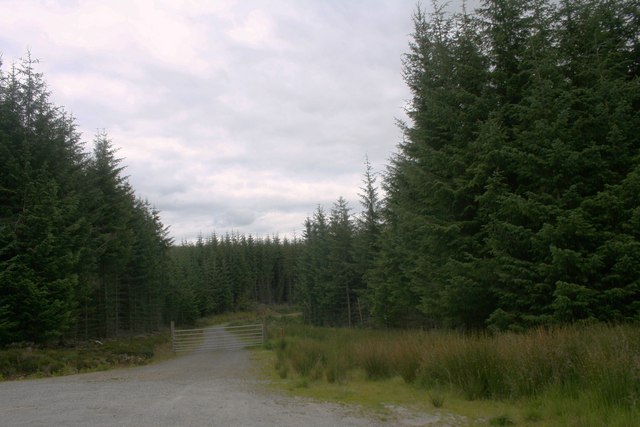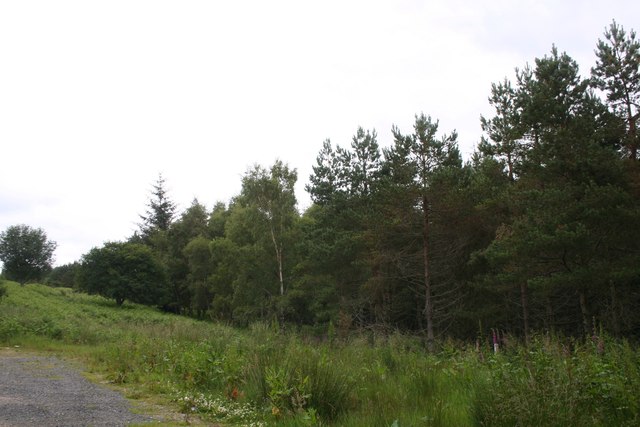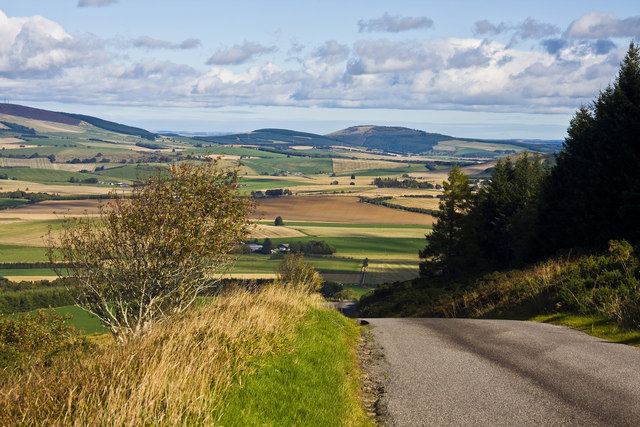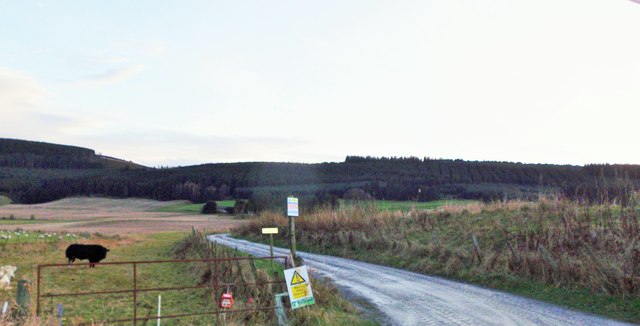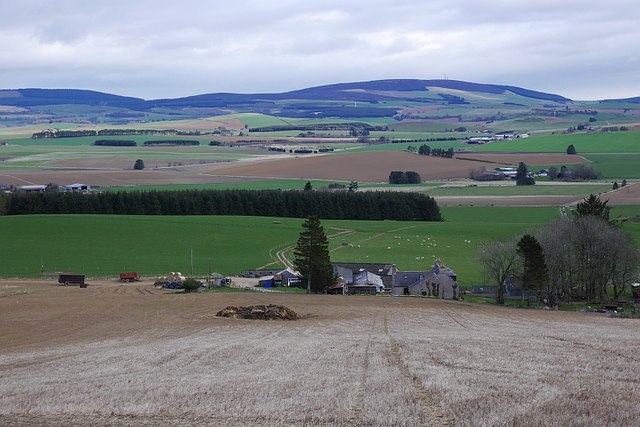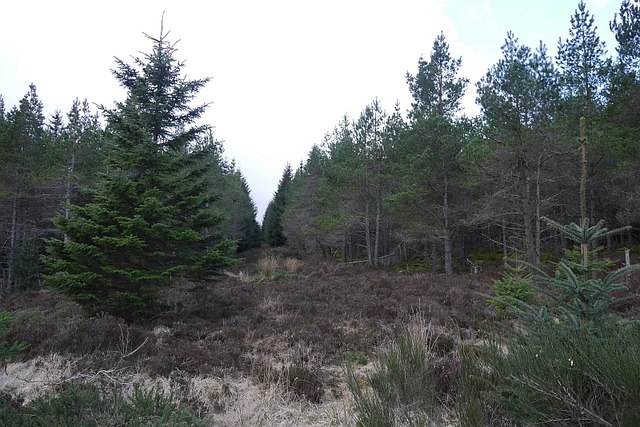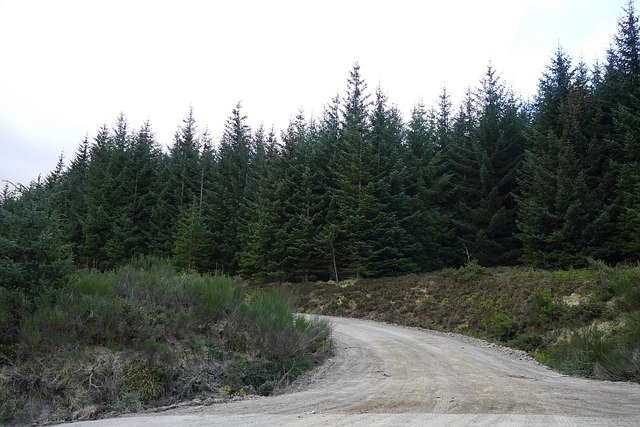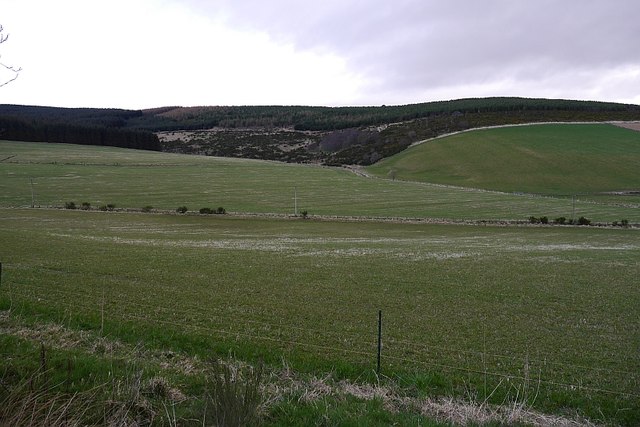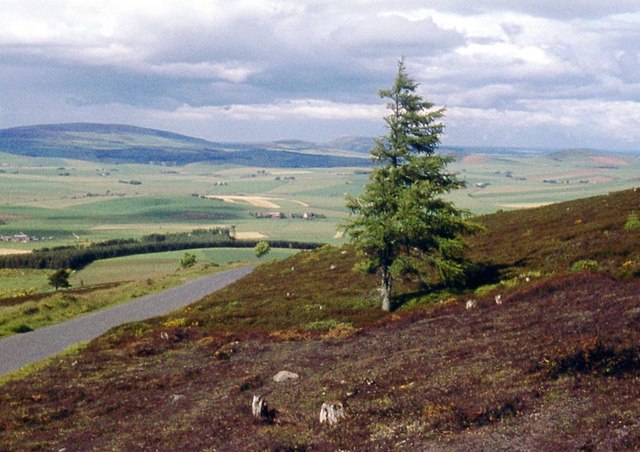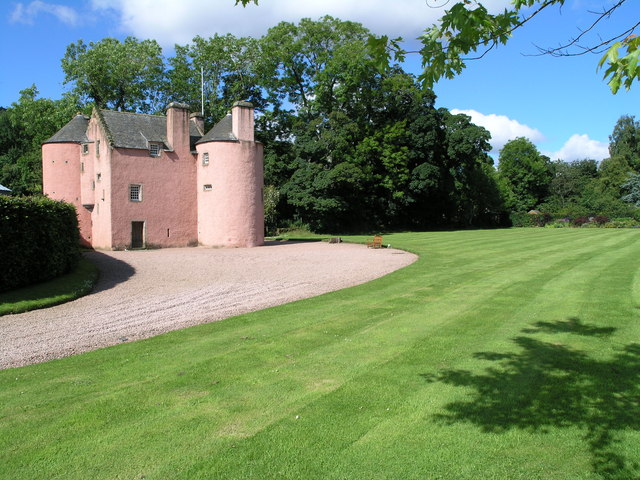Black Hillock
Hill, Mountain in Aberdeenshire
Scotland
Black Hillock
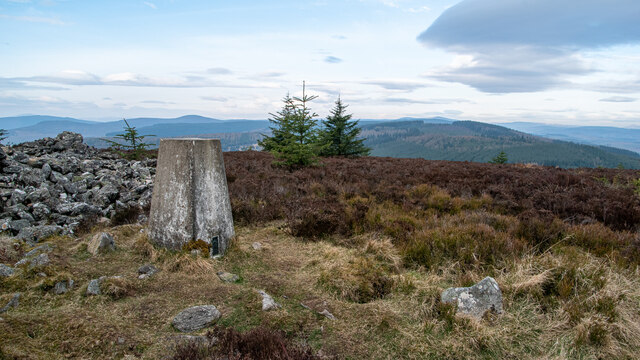
Black Hillock is a prominent hill located in Aberdeenshire, Scotland. It is situated in the eastern part of the county, approximately 10 miles west of the town of Fraserburgh. With an elevation of approximately 327 meters (1,073 feet), it offers stunning panoramic views of the surrounding countryside.
The hill is characterized by its distinctive black rock formations, which give it its name. These formations are the result of volcanic activity millions of years ago. The hill is mainly composed of granite and basalt, creating a diverse geological landscape.
Black Hillock is a popular destination for hikers and outdoor enthusiasts, offering several well-marked trails that cater to different skill levels. The paths wind their way through heather-covered moorland and pockets of woodland, providing opportunities for wildlife spotting and birdwatching.
At the summit of Black Hillock, visitors are rewarded with breathtaking vistas of Aberdeenshire's rolling hills, farmland, and coastal areas. On clear days, it is even possible to catch a glimpse of the North Sea in the distance.
The hill is known for its historical significance as well. In the vicinity of Black Hillock, there are remnants of ancient settlements and stone circles, indicating human occupation in the area dating back thousands of years.
Overall, Black Hillock is a captivating natural landmark, offering a combination of scenic beauty, geological interest, and historical intrigue to those who venture to its slopes.
If you have any feedback on the listing, please let us know in the comments section below.
Black Hillock Images
Images are sourced within 2km of 57.297796/-2.7195138 or Grid Reference NJ5623. Thanks to Geograph Open Source API. All images are credited.

Black Hillock is located at Grid Ref: NJ5623 (Lat: 57.297796, Lng: -2.7195138)
Unitary Authority: Aberdeenshire
Police Authority: North East
What 3 Words
///skinny.windmill.dislikes. Near Alford, Aberdeenshire
Nearby Locations
Related Wikis
Castle Croft
Castle Croft was located near New Leslie farm, about 5 kilometres (3.1 mi) south-west of Insch, in Aberdeenshire, Scotland. It was the property of the...
Terpersie Castle
Terpersie Castle (originally built as Dalpersie House) is a 16th-century tower house in Tullynessle, Aberdeenshire, Scotland, located 5 kilometres (3...
Tullynessle
Tullynessle is a hamlet in Aberdeenshire, Scotland, three miles NNW of Alford.The settlement contains the Category A listed Terpersie Castle, a privately...
Clatt
Clatt (Gaelic cleithe, 'concealed'), is a village in Aberdeenshire, Scotland. The remains of a morthouse are located in the cemetery of the old church...
Gordon Way
The Gordon Way is a waymarked hiking trail in Aberdeenshire, Scotland. It runs for 11+1⁄2 miles (18.5 km) through the Bennachie Forest. The route was one...
Ardlair Stone
The Ardlair Stone is a class I Pictish stone that stands in a field in Ardlair, Kennethmont, Aberdeenshire, Scotland. It is associated with a number of...
Auchleven
Auchleven (Scottish Gaelic: Achadh Leamhan) is a village in Aberdeenshire, Scotland. Located approximately 4 miles (6 kilometres) south of Insch, 17 mi...
Forbes, Aberdeenshire
Forbes is a hamlet by Tullynessle in Aberdeenshire, Scotland. It is connected to Tullynessle 1 3/4 miles from Alford. == See also == Clan Forbes ��2�...
Nearby Amenities
Located within 500m of 57.297796,-2.7195138Have you been to Black Hillock?
Leave your review of Black Hillock below (or comments, questions and feedback).
